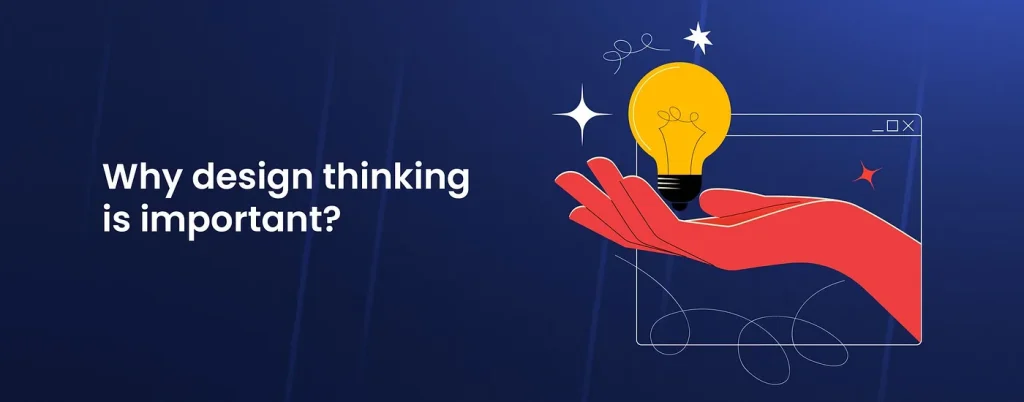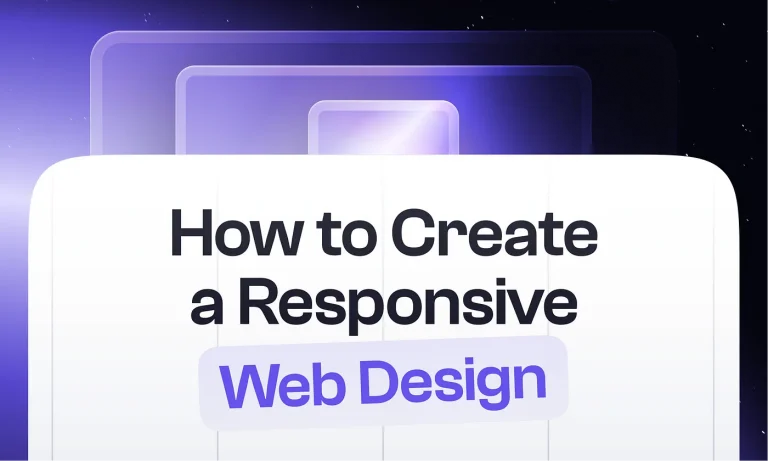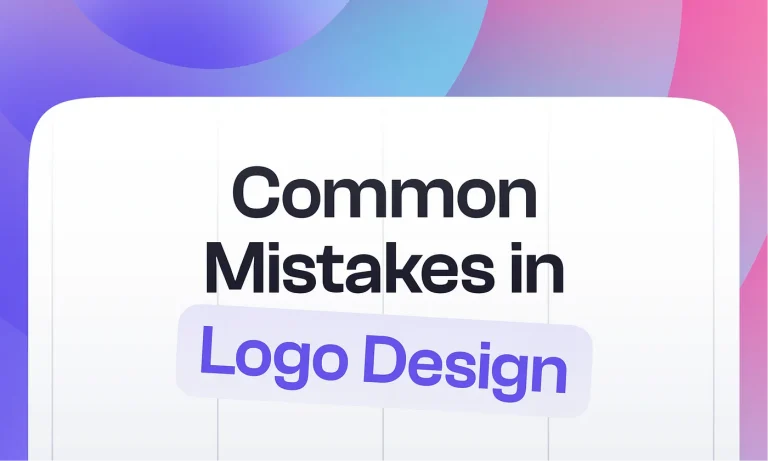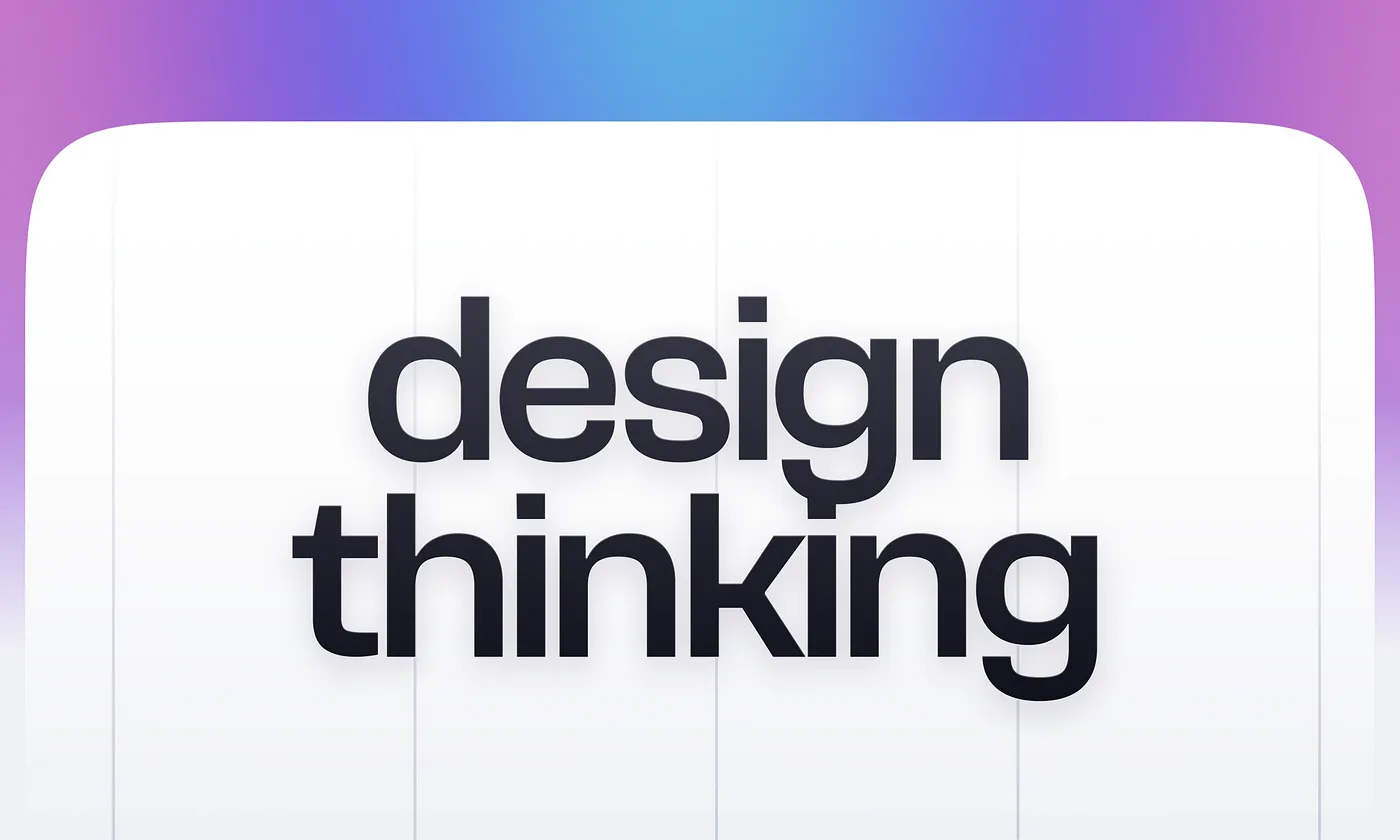No matter how it sounds, design thinking helps not only designers. Firstly, they certainly need it, but this is not the end of the principle. In today’s article, we’ll explore what it is and why it’s necessary.
To create convenient and useful products and services, it is important to understand the needs of those who will use them. Deep dive into the customer experience, asking the right questions and creatively solving problems will help design thinking.
Design thinking is a method and process of solving specific tasks that help to understand the user, comprehend his problem and find alternative solutions. The correct translation of the word “design” in the term is designing, constructing and creating something new. The most important thing in design thinking is that the needs and requests of a particular person are at the centre.

There are three key principles:
- Empathy: the ability to put yourself in the place of another person, to understand his feelings and emotions;
- The breadth of thinking: the ability to cover the problem as a whole and in all possible details;
- Experiments: willingness to try, make mistakes and try again.
This method is suitable for creating human-oriented products and services. Most often, design thinking is used in UX/UI design and development when creating structures and interfaces of websites and applications. But this method is not only suitable for digital products. It can be used in any field where you need to solve a specific problem of a specific user.

Design thinking works for the benefit of not only consumers but also a business:
- It helps to grow loyal customers because they get a product that takes their interests into account;
- It stimulates the culture of innovation in the company because it develops creative thinking in teams;
- Accelerates the entry of products to the market and helps to avoid unnecessary expenses, because painstaking research and free experiments create successful and viable solutions.

Design thinking has the following stages:
1. Empathy
This stage involves examining the experience and context of the user, clarifying his intentions and motives, and determining his requests. The task is to collect enough information to “feel in someone else’s shoes” and, thanks to this, understand the consumer’s problems.
For a detailed study, the team conducts in-depth interviews and observes the user’s world and habits. They also use secondary surveillance: they collect information about the user and the situation in open sources (in social networks, mass media and statistical reports).
2. Focus
After “empathy”, the researchers process all the information received and highlight the main problem of the user. The meaning of this step is to formulate a specific question for further work. A visual representation of key observations is crucial.
3. Generating ideas
This is the stage of searching for multiple solutions to a single issue. In the generation mode, any insights and a variety of answers are allowed. Active group work is like brainstorming. A team of specialists of different profiles should gather in one room to fruitfully generate any concepts. At this stage, it is impossible to criticize and discard ideas.
4. Choosing an idea
From all the collected ideas, you need to choose one and concentrate entirely on it. The team votes for one solution or combines several ideas into one.
5. Prototyping
To confirm or refute their hypotheses, the team uses their decision as the starting point. At this stage, prototypes are created from improvised materials and with the help of simple tools to determine the viability of the idea. These prototypes should be cheap and fast so that the idea would not be a pity to discard if it turns out to be non-working.
6. Testing
Finally, the “surviving” prototype receives feedback from a potential user. Here it is important to understand how successfully the chosen solution collides with reality. The prototype is given to the user and they observe how he interacts with the product. And be sure to write down comments: what he finds convenient, and what he doesn’t like and why.
Well, friends, we have tried to briefly describe all the key features of design-thinking and its methods. We hope this article was informative and you will be able to share it with everyone you meet.
Psss, more exciting topics are coming soon on this platform. Stay tuned!








